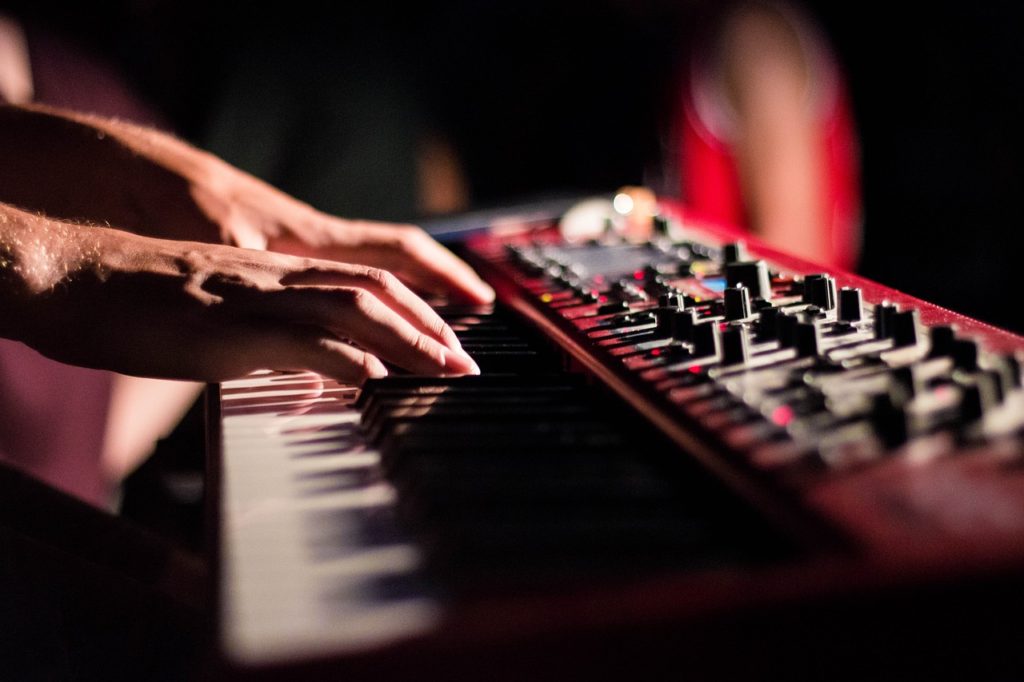Do you want your band to sound better? Have you ever been frustrated that your guitar or keyboard sounds out of tune when you play chords? Learn how to get a killer sound for your band by retuning your keyboards and guitars using Supplemented Equal Temperament. Supplemented Equal Temperament works with equal tempered instruments. It also works with variable pitch instruments such as voices, violins, and winds. Estimated reading time 5 minutes.
Read More

